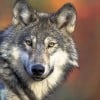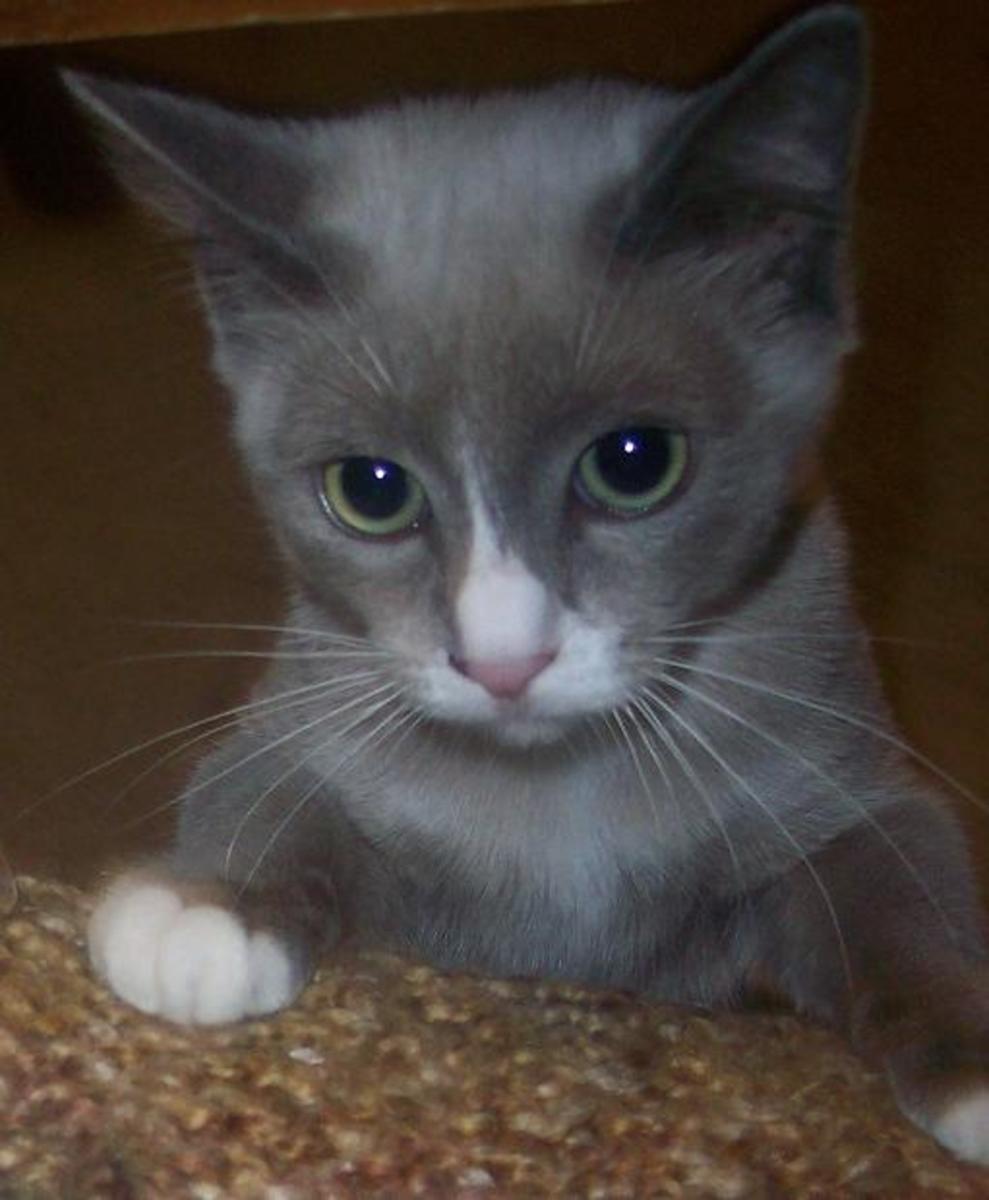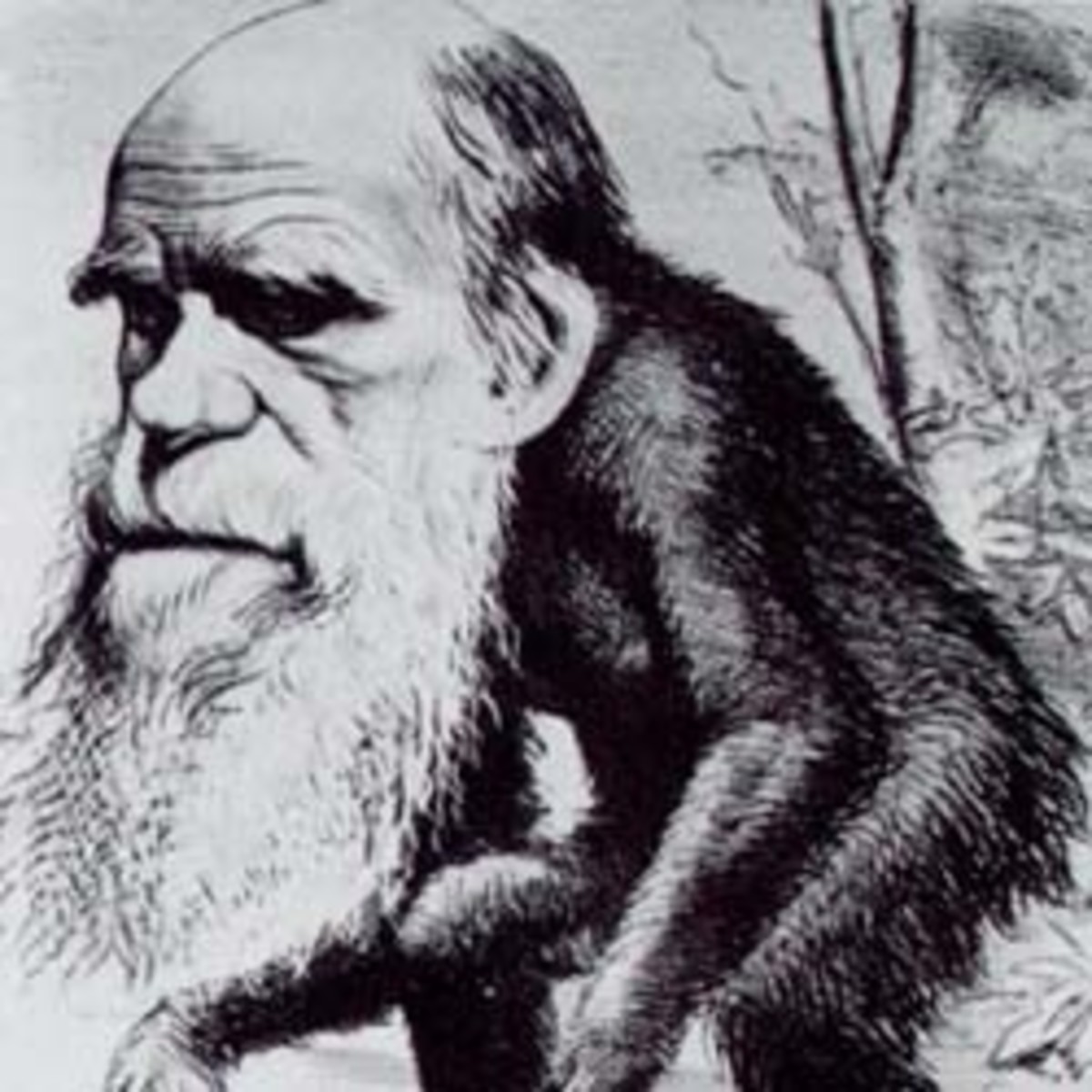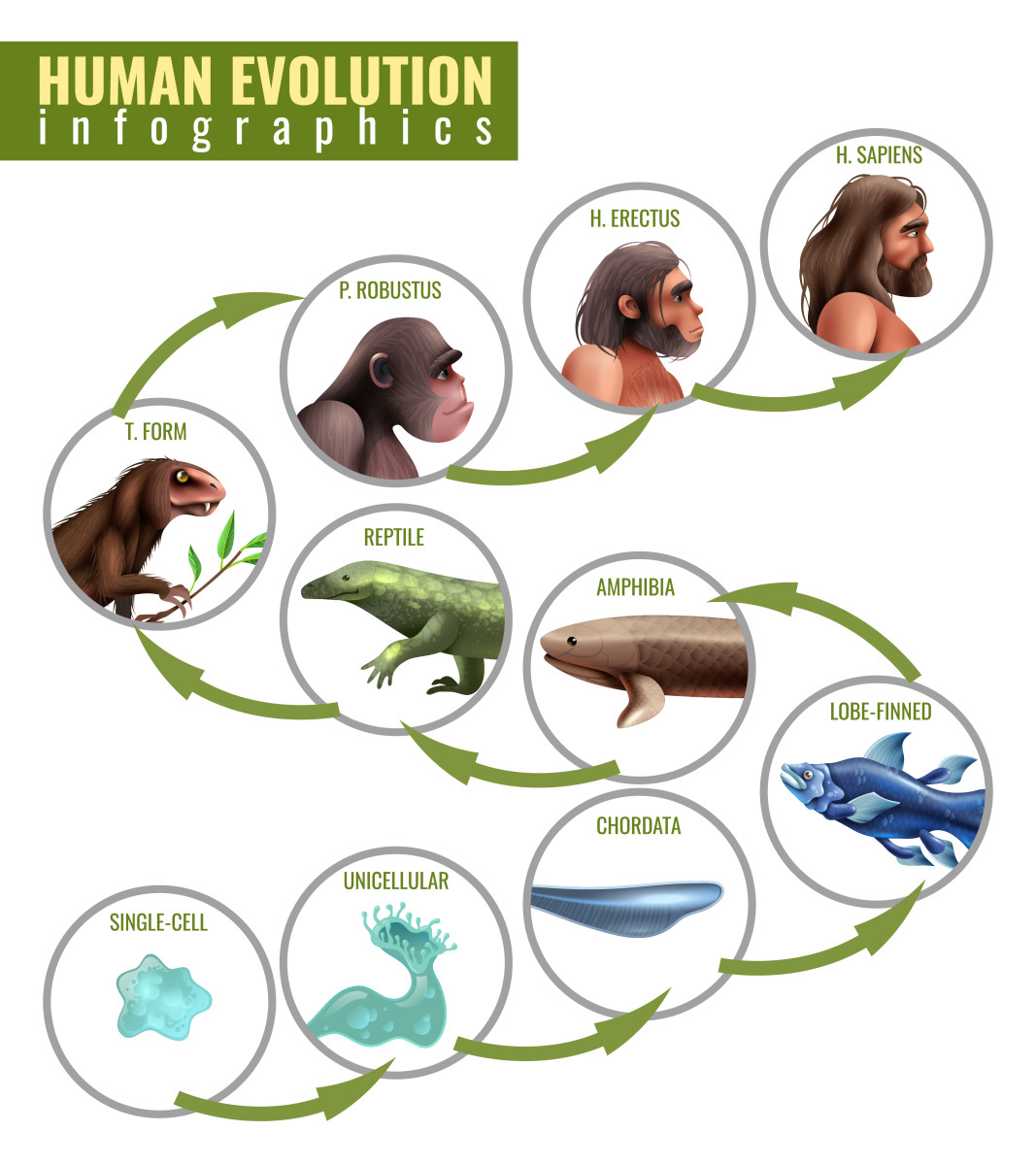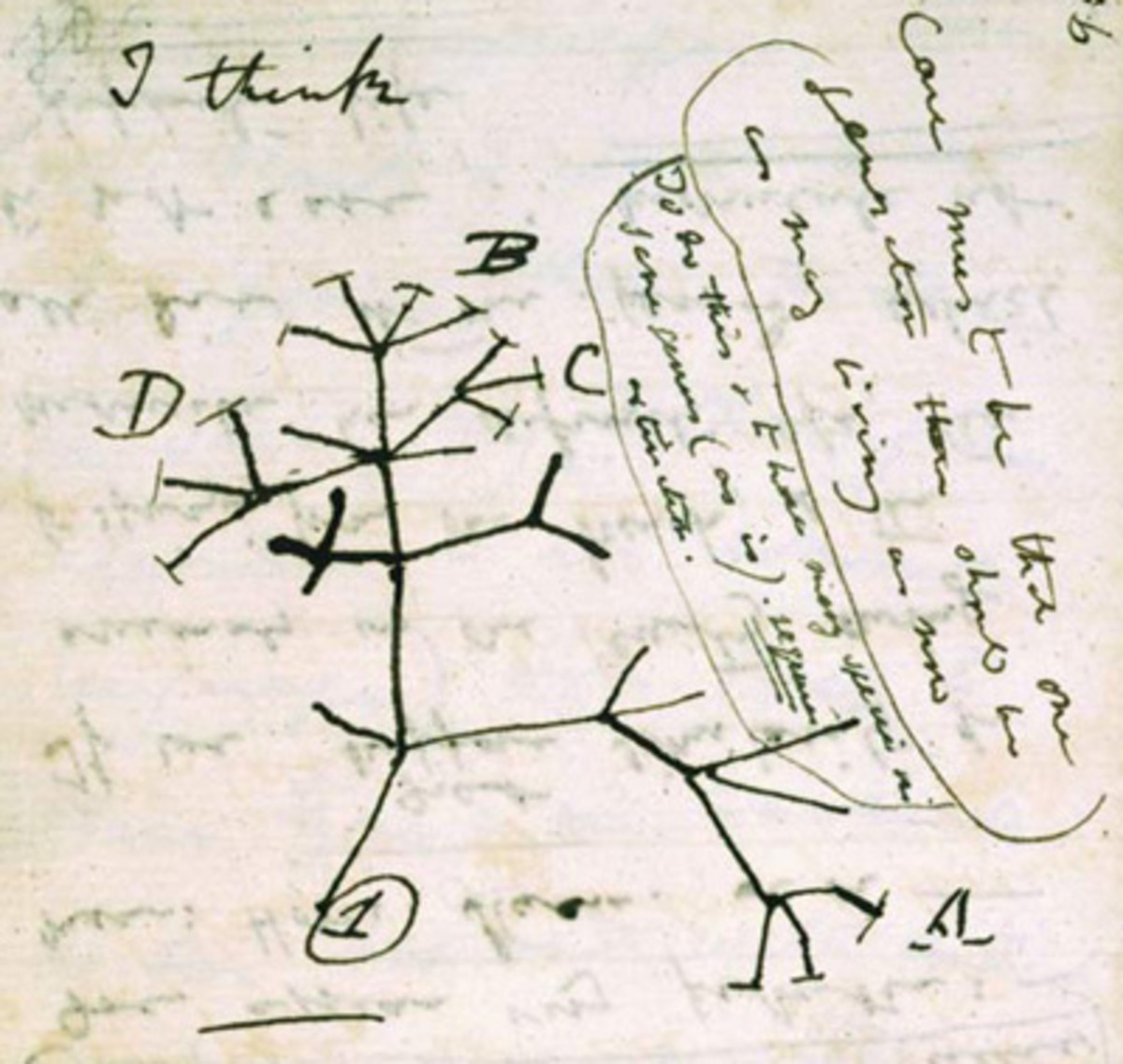Is the existence of homosexuality incompatible with the theory of evolution?
The Biological Basis of Homosexuality
A biological basis for human homosexuality is well established in the scientific community, but the exact mechanisms are unknown. It is believed to be a combination of genetic and hormonal factors.
This article is in response to a recent topic on the HubPages forum that argued that a biological basis for homosexuality is incompatible with the theory of evolution because homosexual do not produce offspring and the homosexual "gene" would thus die out.
It's a topic that has been discussed before on several occasions, and rather than repeat the same points I made in earlier threads, I decided just to write a hub about it.
A biological basis for homosexuality is entirely compatible with the theory of evolution. Here's why:

Homosexuals as Caretakers
One of the common misunderstandings about the theory of evolution is that "the survival of the fittest" refers mainly to individual animals. The truth is, however, that in nature, the survival of a population has more value than the survival of an individual animal. Although competition among individual animals may be fierce, individuals are ultimately expendable in the grand scheme of things.
For this reason, in many animal species, you find examples of individuals who do not reproduce but instead contribute to the survival of the population as a whole, especially their own family members. In fact, scientists have even found an "altruism" gene that they believe contributes to this kind of behavior.
The most famous examples of this kind of altruisim are probably "worker" bees and ants, who are sterile, but whose work ensures the survival of their genes via their fertile sisters and brothers, the queens and drones, who go on to produce the next generation.
Among mammals, wolves provide another well known example. Wolf packs contain one breeding pair, the "alphas," and several "beta" animals of either sex. Beta males do not breed, and though beta females occasionally do, they will often neglect their own pups in favor of caring for the pups of the alpha pair, whose genes may offer greater benefit to the population in the long term.
Some scientists believe that homosexual individuals serve a similar purpose in the web of life, particularly among social animals. Homosexual individuals can contribute to the survival of their genes by assisting in the care of their brothers, sisters, nieces, and nephews. In this way, families that contained a "homosexual" gene might have better survival rates in the long term, even though some individuals were evolutionary dead ends.

Homosexual or Bisexual?
Another theory about the role of homosexuality in evolution comes from the high rates of bisexuality in the animal world.
Homosexual activity has been documented in more than 1500 animal species, and in many cases, the animals involved are actively bisexual, meaning that they participate in sexual activity with members of both sexes. This creates an obvious avenue for a "bisexual" gene to spread, because animals who carry it can engage in homosexual activity while still ensuring that their genes are passed on. However, in some individual animals the effects of the "bisexual" gene might be more pronounced (perhaps due to environmental factors, such as exposure to hormones in the mother's womb, which are believed to affect the development of human sexuality) and these animals might be exclusively homosexual.
One example of this sort of situation is the "bachelor bands" common among many social animals, including horses and lions. After leaving their herd, young males of these species join a bachelor band consisting of other juvenile males. Homosexual activity in these bands is often rampant, but as the animals grow older, many of them will go on to become the head of their own herds, breeding with females and passing on their genes. Others will remain in the bachelor band for their entire life.
This explains how a bisexual gene might be passed on, but why would it evolve in the first place? What benefit does bisexuality offer to the survival of a population?
One argument is that bisexuality helps prevent overpopulation. Many species are known to lower their reproductive rates in response to populations stressors such as drought. Homosexual activity would provide a way for animals to release pent-up sexual energies without adding to the population or resorting to fights and other aggressive actions, thus improving the survival rate of existing animals.
Among other animals, homosexual activity may be a way of reinforcing social ties. As we discussed above, groups that cooperate for survival often do better in the long term than those who are less altruistic.
An example of this theory comes from the bonobo, or pygmy chimpanzee, the closest living genetic relative of the human race, sharing approximately 98% of the same genes. Sexual activity, including kissing, rubbing genitals together, oral sex, and sexual intercourse, is one of the most important forms of social bonding among bonobos. They use sexual activity as a greeting, as a way to resolve conflicts peacefully, and as a form of post-conflict reconciliation, and they are apparently universally bisexual. In fact, some female bonobos have even been observed to choose female-on-female genital rubbing over intercourse with a male when both were offered at the same time.

Scientists such as Alfred Kinsey have suggested that bisexuality is
also far more common among humans than is generally admitted in public.
Kinsey believed that sexuality was more accurately described as a spectrum than a series of distinct categories and he proposed a 7 point scale to describe human sexuality,
ranging from 0 (exclusively heterosexual) to 6 (exclusively
homosexual), with X representing asexual people. Kinsey's studies found that some people were found at either end of the spectrum, exclusively hetero or homosexual, and another small group lay in the exact center, but the majority lay somewhere along the continuum in between - leaning one way or the other but capable of feeling attraction to either sex depending on opportunity and circumstance.
If this is the case, it suggests that, like animals, human homosexuality is simply a more pronounced form of an opportunistic bisexuality that is common to the entire human race.
Learn More
- A Paradox of Evolution
A scientifc look at possible evolutionary and biological causes of homosexuality. - Same-sex sexual behavior and evolution
Same-sex sexual behavior has been extensively documented in non-human animals. Here we review the contexts in which it has been studied, focusing on case studies that have tested both adaptive and non-adaptive explanations.
